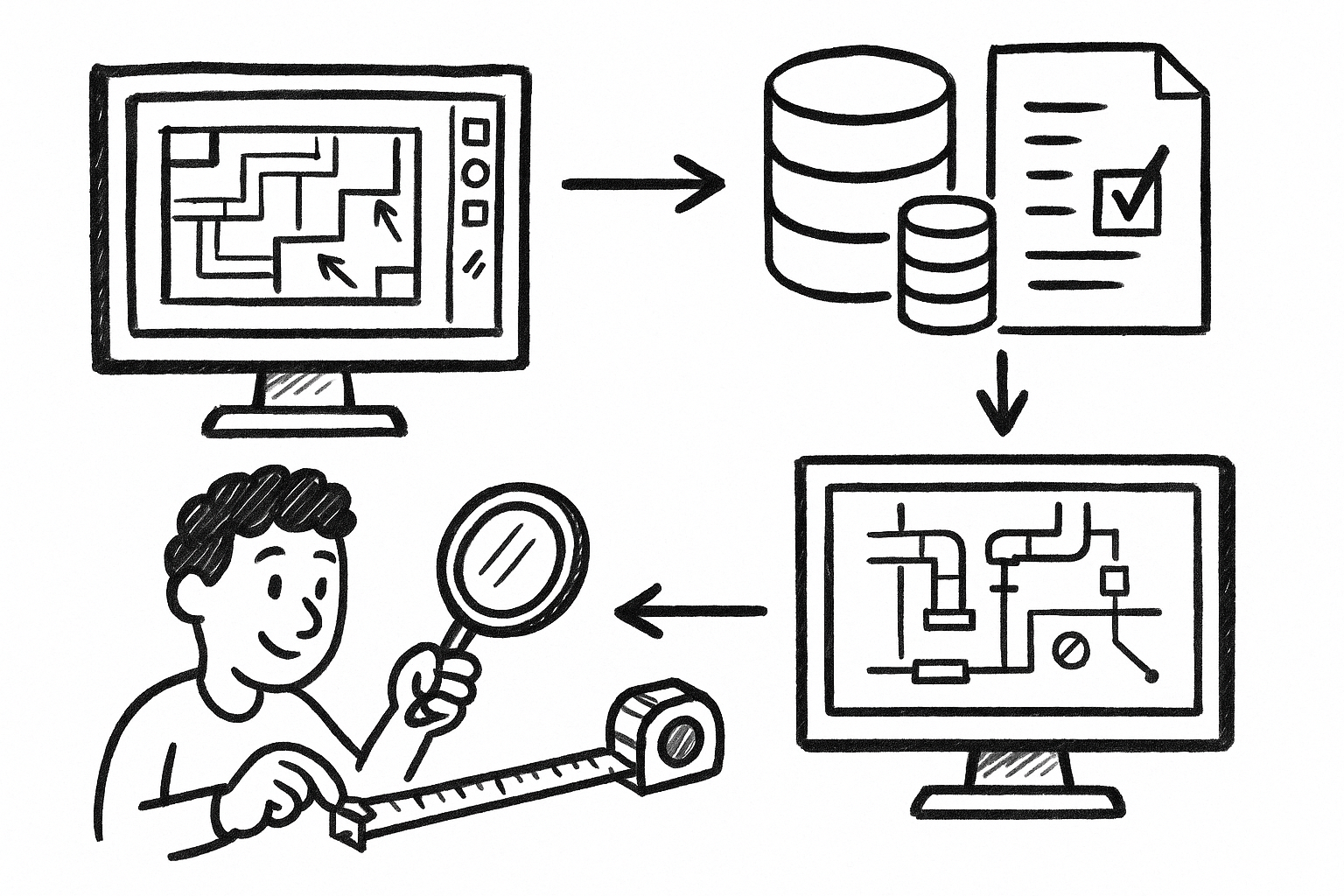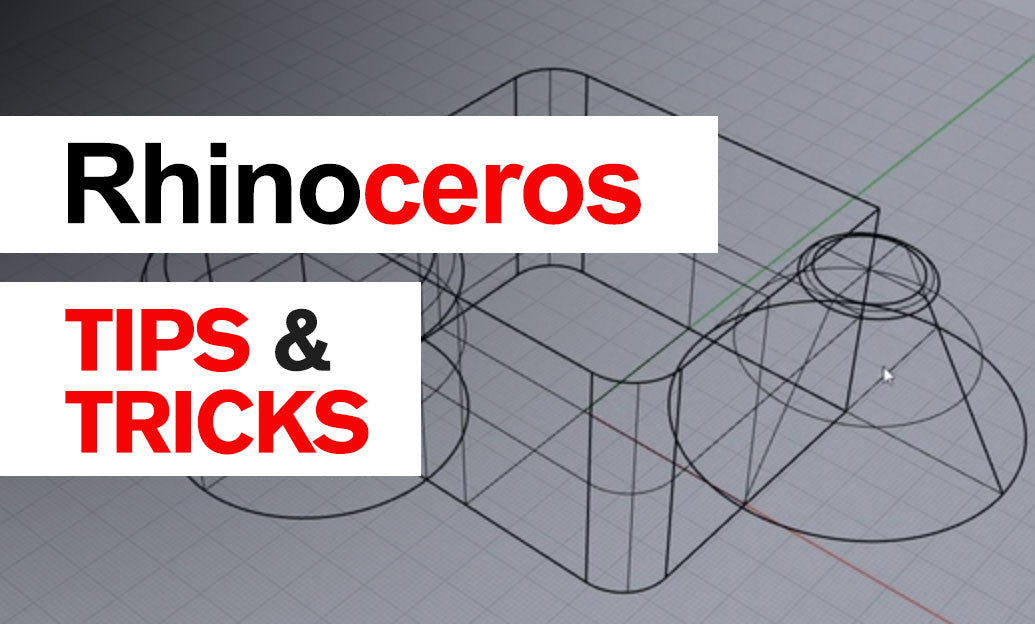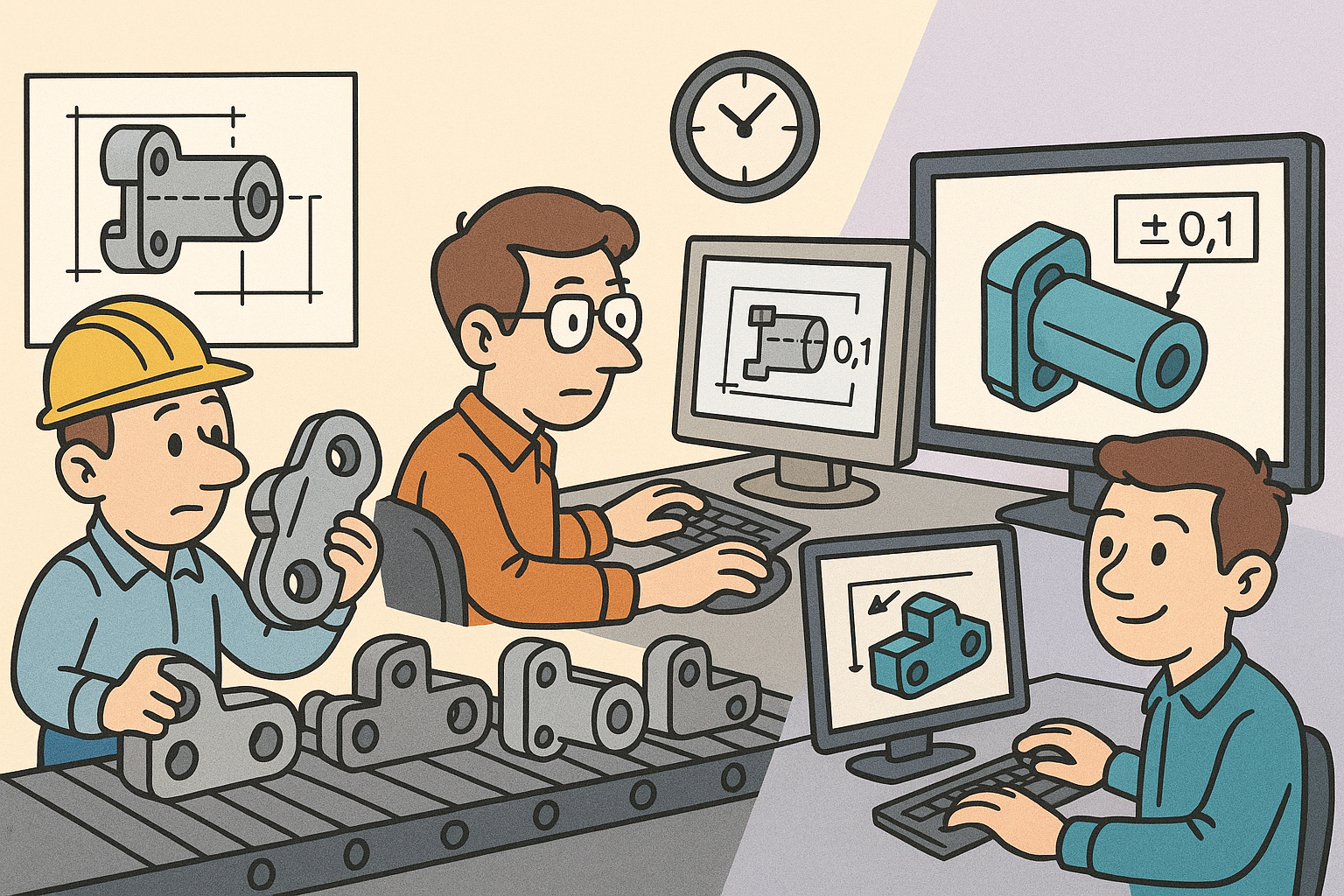Your Cart is Empty
Customer Testimonials
-
"Great customer service. The folks at Novedge were super helpful in navigating a somewhat complicated order including software upgrades and serial numbers in various stages of inactivity. They were friendly and helpful throughout the process.."
Ruben Ruckmark
"Quick & very helpful. We have been using Novedge for years and are very happy with their quick service when we need to make a purchase and excellent support resolving any issues."
Will Woodson
"Scott is the best. He reminds me about subscriptions dates, guides me in the correct direction for updates. He always responds promptly to me. He is literally the reason I continue to work with Novedge and will do so in the future."
Edward Mchugh
"Calvin Lok is “the man”. After my purchase of Sketchup 2021, he called me and provided step-by-step instructions to ease me through difficulties I was having with the setup of my new software."
Mike Borzage
Design Software History: Evolution of Design Software in Satellite Engineering: From Early Computational Tools to Modern Innovations
September 04, 2024 3 min read


In the realm of modern technology, satellite design stands as a critical frontier. Satellites play a pivotal role in communication, weather forecasting, navigation, and scientific research. The complexity and precision required in their engineering demand highly sophisticated design methodologies. This article delves into the history of design software in satellite engineering, tracing its evolution from rudimentary computational tools to the advanced platforms we use today. The purpose is to understand the milestones and innovations that have shaped this indispensable field.
Early Milestones in Satellite Design Software
Early Computational Tools
Before the advent of specialized software, aerospace engineers relied on manual drafting and basic computational tools. During the early 1960s, engineers used general-purpose engineering software such as FORTRAN to perform calculations essential for satellite design. These initial tools, though limited, laid the groundwork for more specialized applications.
Pioneering Companies and Individuals
The space race era saw significant contributions from pioneering companies and visionary individuals. IBM played a crucial role in developing software for the Apollo missions, providing the computational power required to perform complex navigational calculations. Simultaneously, NASA began developing its own software solutions to enhance satellite design and mission planning. These early initiatives set the stage for the specialized satellite design software we have today.
Evolution of Specialized Satellite Design Software
1970s to 1980s: Initial Developments
The 1970s and 1980s marked a significant period in the evolution of computer-aided design (CAD) software tailored for aerospace applications. One of the groundbreaking developments was the introduction of CATIA (Computer Aided Three-dimensional Interactive Application) by Dassault Systèmes. CATIA revolutionized satellite design by enabling engineers to create detailed 3D models and simulations. This period also saw the development of the Hubble Space Telescope, a project that underscored the vital role of advanced CAD software in achieving intricate design goals.
1990s: Advancements in 3D Modeling and Simulation
The 1990s brought significant advancements in 3D modeling and simulation technologies. The integration of Finite Element Analysis (FEA) and Computational Fluid Dynamics (CFD) into satellite design enabled engineers to perform comprehensive structural and aerodynamic analyses. Companies like ANSYS and SolidWorks emerged as leaders in providing robust software tools that facilitated the design and testing of satellite components under various conditions. These tools became essential in ensuring the reliability and performance of satellites in their harsh operational environments.
2000s to Present: Modern Trends
The 2000s to the present day have witnessed a shift towards integrated design platforms. Software like Siemens NX and Autodesk Inventor offer comprehensive solutions that combine CAD, CAM, and CAE functionalities. This integration streamlines the design process and enhances collaboration across different engineering disciplines. Additionally, the introduction of artificial intelligence (AI) and machine learning has enabled the optimization of satellite components, reducing development time and costs. Modern design software has also facilitated the rise of small satellites and CubeSats, opening new possibilities for space exploration and commercial applications.
Impact of Design Software on Satellite Engineering
Efficiency and Accuracy
Design software has significantly enhanced the efficiency and accuracy of satellite engineering. The ability to create detailed simulations and perform virtual testing reduces the likelihood of errors and the need for costly physical prototypes. Advanced validation tools ensure that the design meets all specifications and performance criteria before production. The success of numerous satellite missions can be attributed to the capabilities provided by modern design software.
Collaboration and Global Projects
Cloud-based design platforms have transformed the collaborative aspect of satellite engineering. Engineers and scientists from different parts of the world can work together in real-time, sharing data and insights seamlessly. This global collaboration is exemplified in projects like the International Space Station (ISS), where components are designed and tested across continents, showcasing the power of advanced design software in managing complex, multinational engineering endeavors.
Future Trends and Innovations
The future of satellite design software is poised to be shaped by several emerging technologies. Virtual reality (VR) and augmented reality (AR) are beginning to play a role in immersive design and visualization, allowing engineers to interact with 3D models in a more intuitive manner. Quantum computing holds the potential to revolutionize computational capabilities, enabling the solution of complex problems that are currently beyond reach. Additionally, the concept of digital twins—virtual replicas of physical satellites—promises to enhance lifecycle management, from design and testing to maintenance and operation.
Conclusion
The historical progression of design software in satellite engineering reflects a journey of continuous innovation and refinement. From the early computational tools to the sophisticated integrated platforms of today, each milestone has contributed to making satellite design more efficient, accurate, and collaborative. As we look to the future, the ongoing evolution of design software will undoubtedly continue to push the boundaries of what is possible, enabling new breakthroughs in satellite technology and beyond.
Also in Design News

From Markups to Data: Governed Custom Measurements for Audit-Ready MEP Takeoffs in Revu
December 28, 2025 8 min read
Read More
Rhino 3D Tip: Manufacturing-Ready STEP and IGES Export Checklist for Rhino
December 27, 2025 2 min read
Read More
Design Software History: From Interchangeability to Semantic PMI: A History of Tolerancing in CAD
December 27, 2025 12 min read
Read MoreSubscribe
Sign up to get the latest on sales, new releases and more …


